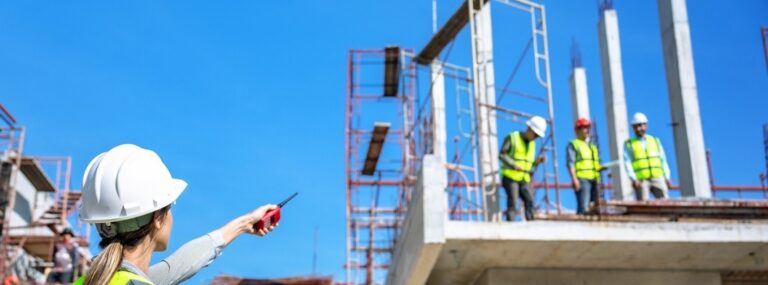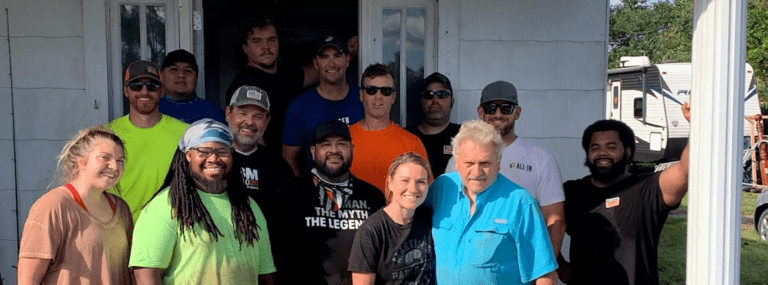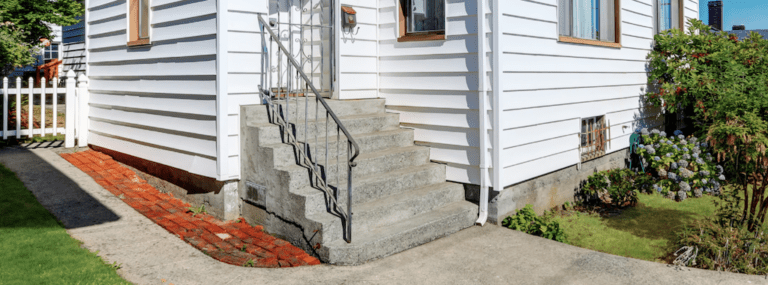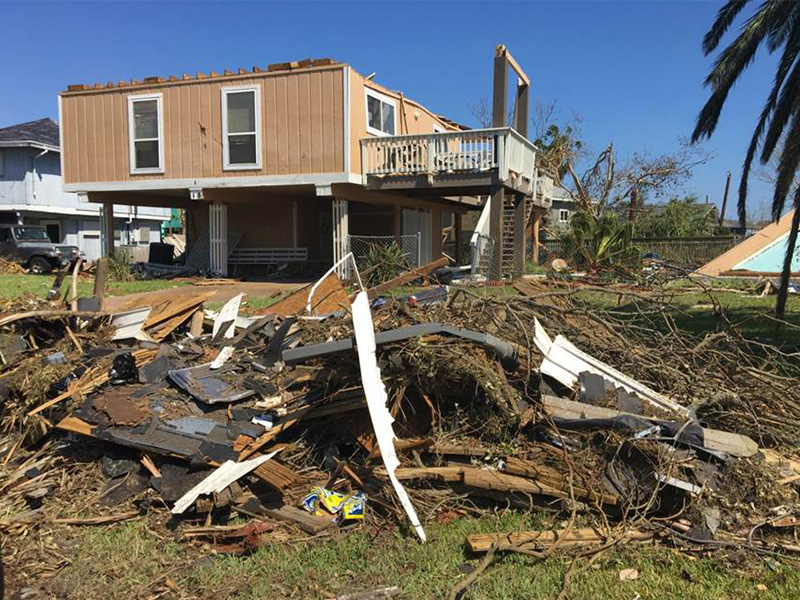
To better understand how structures perform, we regularly collaborate with researchers and research facilities around the world. In fact, over the past few years we collaborated with academic and industry partners on three Network of Earthquake Engineering Simulation tests, one of which, spanning many months, was the world’s largest earthquake test in Miki City, Japan. Some of the other organizations we work with are:
- Build Strong Coalition
- Federal Alliance for Safe Homes (FLASH)
- Habitat for Humanity’s Habitat Strong program
- US Resiliency Council
- Simpson Strong-Tie® Materials Demonstration Laboratory at Cal Poly
- Simpson Strong-Tie Research and Testing Laboratory at Washington State University
As with many things in life, the best way to minimize the effects of natural disasters is to be properly prepared. When it comes to homes, one step is to construct strong, safe structures that implement a continuous load path — a chain of connections that ties a house together from the roof to the foundation. Through a series of connectors, this helps a home stay together when facing the lateral or uplift loads that may occur during events like a hurricane or earthquake. In the United States, most buildings built after 1985 likely have a continuous load path; however, older buildings or structures may not.
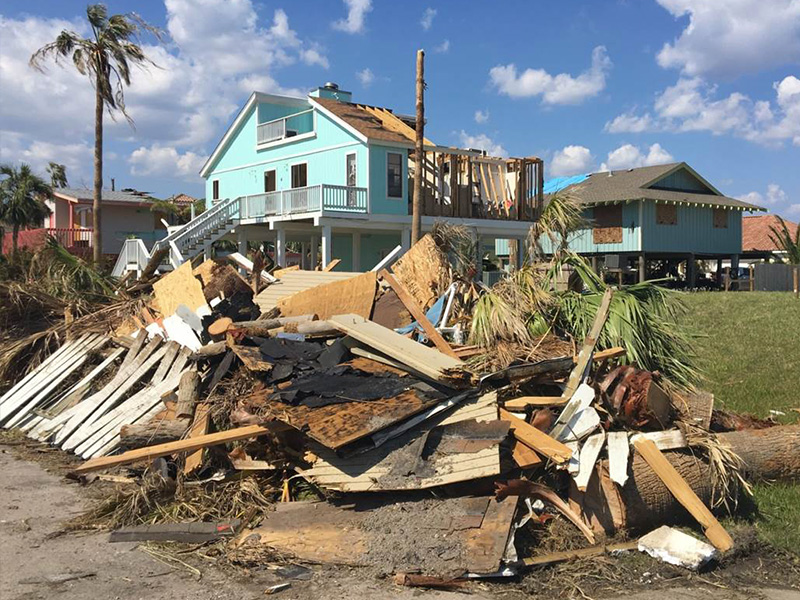
In September of 2017, Hurricanes Harvey and Irma brought high winds and flooding to Texas and Florida. Simpson Strong-Tie employees from our branch in McKinney, Texas, banded together to send aid buckets filled with construction tools and supplies to nonprofit organizations in the Houston area. A team of five McKinney employees even went to areas of the Texas coast most affected by Hurricane Harvey.
“Any structure older than about 20 years in the direct path of the hurricane was either completely destroyed or damaged beyond repair,” according to Doug Allen, PE, branch engineer at McKinney, who surveyed damage along the Rockport, Fulton, Aransas Pass and Port Aransas areas of the Texas coast where winds were clocked over 130 mph. The team assessed the performance of various buildings, helping out local residents when possible.
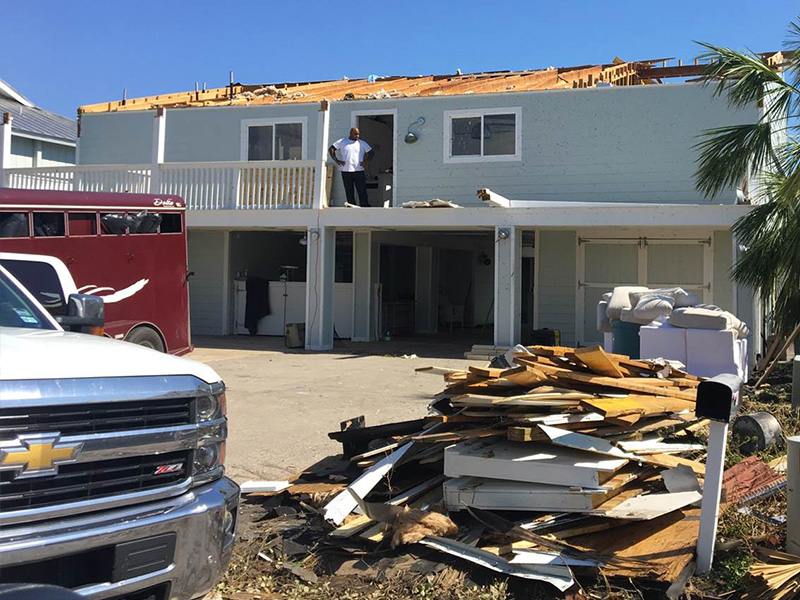
After evaluating the effects of Hurricane Harvey with Simpson Strong-Tie, Allen returned nearly two weeks later with a group of researchers from the National Science Foundation’s Geotechnical Extreme Events Reconnaissance (GEER). This time, the group gathered data using a mobile app that tracked the type of buildings they found, the various materials found in the construction of those buildings and the level of damage that they sustained.
“This kind of hard data not only helps inform and shape building code recommendations with actual statistics, it also helps us as manufacturers and engineers understand where advances can be made in products and building practices,” said Allen, noting that several buildings were predisposed to damage by using non-corrosion-resistant fasteners that had become severely damaged by the harsh environment near the coast. Allen returned to the area two more times to aid in recovery and cleanup and take part in a legislative roundtable to share findings with local government officials.
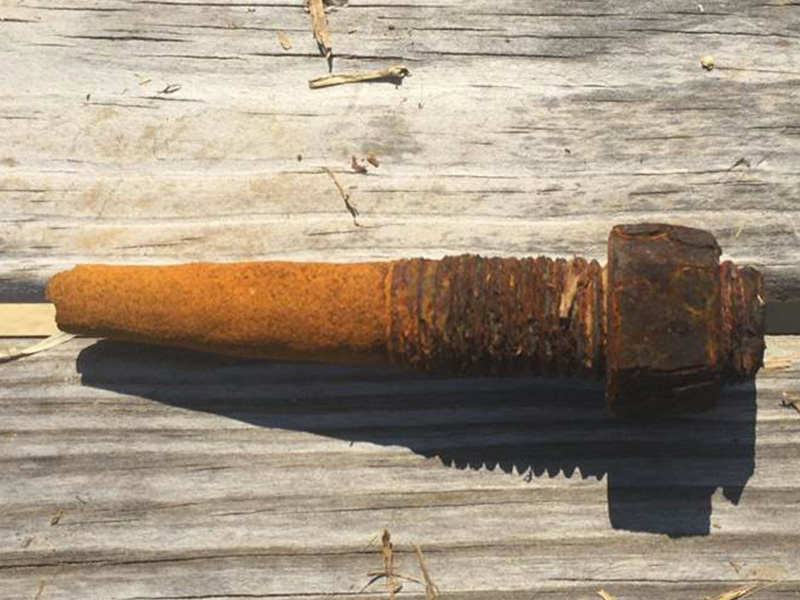
In addition to putting boots on the ground to get a first-hand glimpse of the damage and recovery process, Simpson Strong-Tie also donated $50,000 to the American Red Cross Hurricane Relief Fund.
Although the storms may have destroyed countless homes and businesses, calling into question the resiliency of many existing structures, the resiliency of people has never shown itself to be greater. “It was great to see the strength of the community, people helping people,” added Allen.
Some losses can never be recovered, but very often they can leave us with new insight and resolve to strengthen our defenses in the future.
